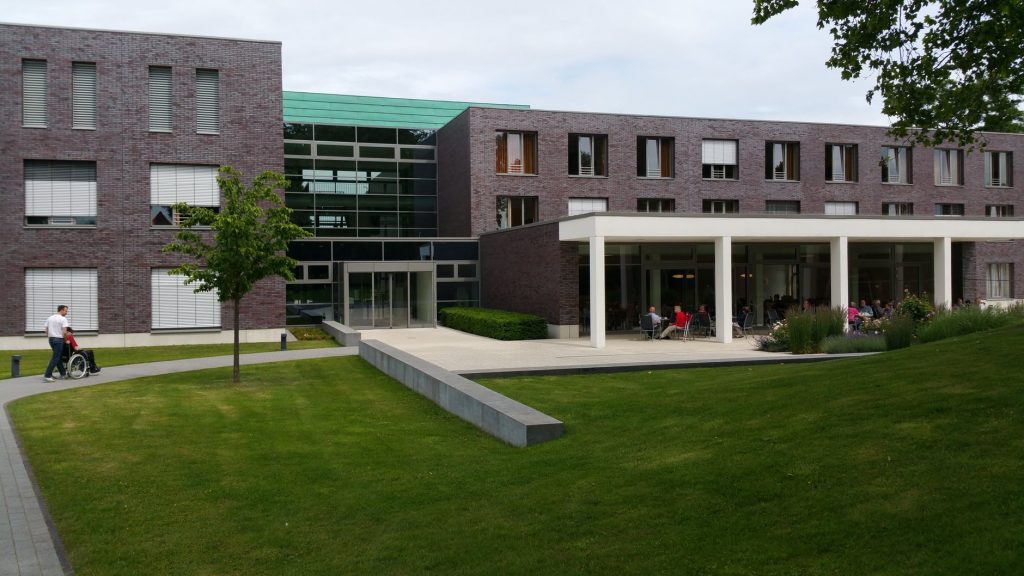As the world grows more connected, there’s a consciousness expanding around ecological care. Most of us share the world and are accountable for leaving it in its natural beauty and state.
This value of maintenance for the environment is one which connects directly to the care that physicians give to their patients. Clinics and hospitals such as doctors’ offices, dental clinics and other specialised health clinicscan often produce a lot of waste and not be the most environmentally conscious. Being aware of this fact, here are five ways doctors, clinic owners and health care teams can be more eco-friendly.
1) Switch to Sustainable Materials
It’s true that some medical tools just cannot be replaced. You require latex gloves and other non-biodegradable substances to carry out your everyday responsibilities. However, some products such as styrofoam can readily be substituted with much more earth-friendly materials. Look at alternatives in areas such as the lunchroom where re-usable utensils and kitchenware can replace plastic. In other areas such as the bathroom, provide recycled toilet paper and paper towels. It is the small things and the bigger things, hospitals and aged care facilities can invest in hospital mattresses made fromrecycled latex and materials that are recyclable. A clinic and its office can often produce a lot of waste, however, investing in sustainable and reusable alternatives will help reduce the need for disposables and waste.
2) Conscious Technology Use
Being aware of the technology in the office is essential, for example, setting the thermostat to an appropriate level and using energy efficient lighting will reduce emissions and your power bill. Use energy-saving settings on computers and medical equipment when you can, and it is also a good idea to invest in new healthcare equipment and technologyas they are often more energy efficient than old gear. Turn off appliances at the switch when not in use and ensure lights and heaters are turned off at the end of the day.
3) Slimming Office Waste
Several the most common, low-cost renewable steps being accepted by environmentally aware practices are to do with waste and garbage.
One of the plans would be going practically paperless, shredding and recycling the paper that’s still used, substituting disposable cups with bring your own reusable mugs and having water refill fountains and coffee/tea stations to reduce single-use waste. New cloud technology and file storage systems cut down the need for paperwork and therefore paper waste. Re-evaluate your cleansing systems to be certain they don’t emit volatile chemicals, decrease using pesticides, buy plastic bags and tubing free from PVC, also recycle obsolete electronics.
4) Reducing Medical waste
Much like hospitals, many medical offices stipulate separate bins for regular garbage, recyclables and medical waste. Educating staff on which constitutes medical waste could lead to less substance requiring incineration. Given that medical waste costs more to eliminate than office waste, there is also a financial incentive to keep it to a minimal.
5) Educating Employees and Company Culture
As the leader of the practice, it is your responsibility to advocate for environmental practices in the office and encourage action. Providing the resources such as separate bins for rubbish sorting and installing environmentally friendly appliance as great first steps. Mention sustainability at staff meetings and help bringing in re-usable items and minimising waste.
